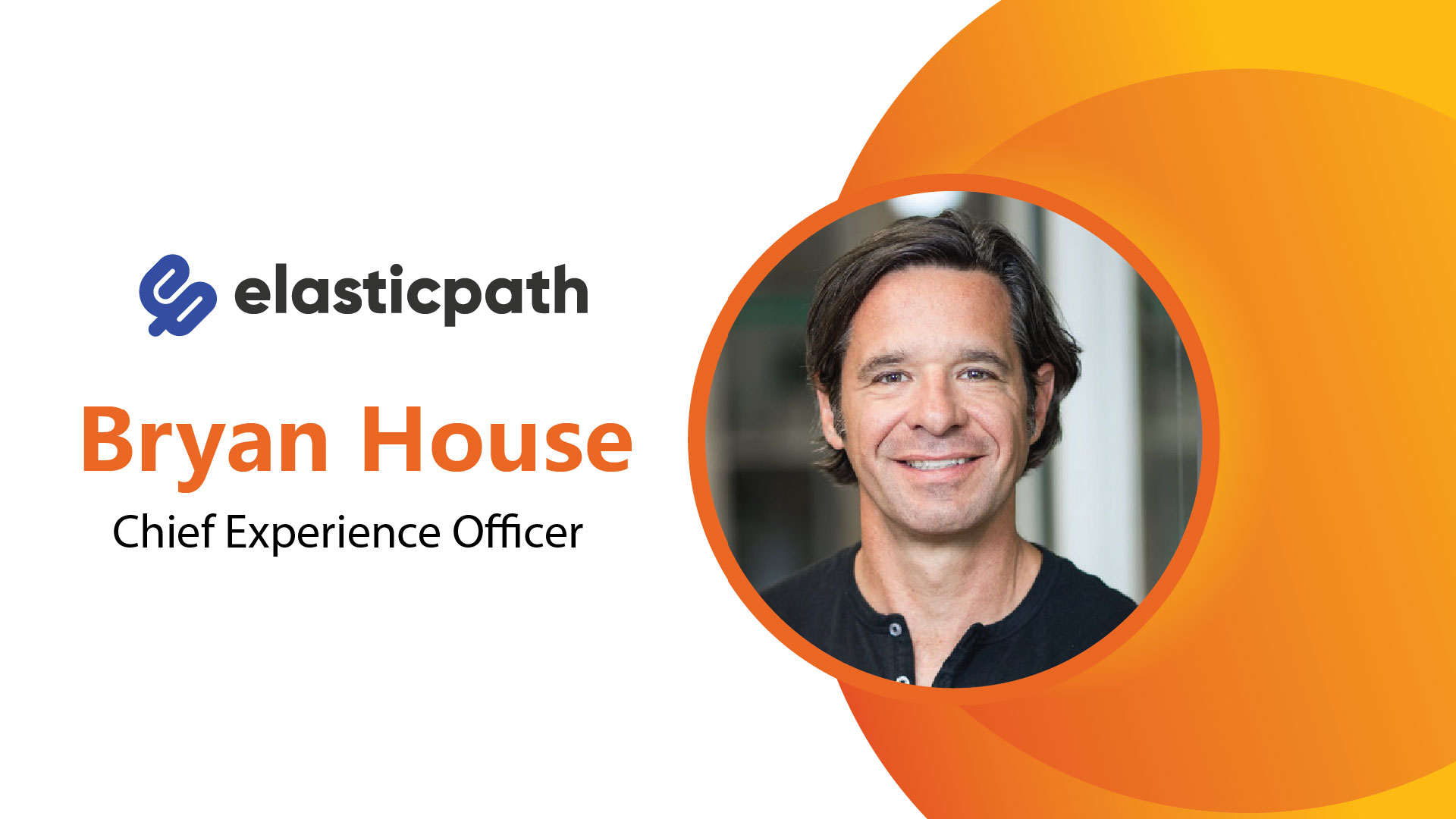

ecommerce and mobile ecommercetechnology
MarTech Edge Interview with Bryan House, Chief Experience Officer, Elastic Path
As we know, Elastic Path Composable Frontend accelerates building modular, digital commerce, Next.js frontends based on users’ responses to a few questions. How do you see brands embracing this new experience?
Brands are eager to embrace a Composable Commerce approach as it enables them to deliver high-performance commerce experiences that exceed customer expectations and drive revenue. But complexity and risk are a concern for brands—with so many options available regarding frontends, the paradox of choice often presents an issue.
Composable Frontend offers brands an advanced starting point for their frontend build. Leveraging Next.js, it connects to our Composable Commerce APIs and is full of best practices for frontend development. This provides a high-performance frontend of the box without the plumbing, allowing businesses to focus on what they do best—building extraordinary, high-performing digital experiences.
What was your vision behind the launch of Composable Frontend?
More and more brands are pursuing a Composable Commerce approach to create the differentiated brand experiences that digital commerce businesses need to evolve.
The Composable Frontend extends the core principles of composable to the frontend experience. It enables brands to break free of the rigidity imposed by all-in-one monolithic applications without swinging the pendulum to a completely custom frontend that is expensive to build and maintain.
The Composable Frontend is a modular, extensible approach to frontend development, helping customers reduce time to market for new commerce experiences without the tradeoffs that all-in-one solutions impose.
What, in your view, is the biggest strength of Composable Frontend?
Composable Frontend accelerates the development of frontend experiences, taking care of the necessary blocking and tackling needed to launch new digital experiences. It also removes much of the risk of the frontend build for a Composable Commerce application as it’s connected to Elastic Path Commerce Cloud’s APIs and leading third-party technologies, including Algolia and Builder.io.
Composable Frontend equips companies with a high-performance frontend with commerce best practices built right in, enabling teams to focus on launching and generating revenue ASAP.
How user-friendly is this solution from the end-user perspective?
Composable Frontend is for use by developers building frontend experiences. Built in Next.js, it takes advantage of development best practices to accelerate the time to launch. Developers can hit the ground running with Composable Frontend, focusing on their unique digital experience requirements. Many frontend components come pre-integrated with preferred third-party providers (search, CMS, payments, shipping) in addition to Elastic Path Commerce Cloud’s APIs.
How do you see Composable Frontend changing the market dynamics?
- Accelerate time-to-market: cuts launch times in half
- Speeds frontend experiences thanks to no extra bloat
- Reduces implementation risk
How does Composable Frontend – a business-ready solution help brands deliver high performance?
Composable Commerce enables brands to compose “best-of-breed” technology into one business-ready solution. Composable Frontend, however, automatically and quickly builds a modular, Next.js frontend based on users’ responses to simple configuration questions. It provides a high-performance combination of static pages and dynamic data on the frontend. Faster page load speeds result in better SEO since static sites are fast, light, and easy to scan, resulting in better conversion rates.
What’s in store for the future of Composable Frontend?
Going forward, we expect to add more elective components to Composable Frontend, broadening the range of prospective use cases it can address from the same high-performance framework.




